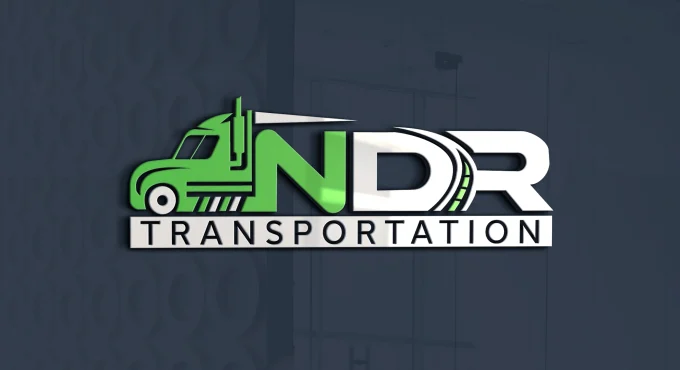Graphics & Design: Elevate Your Creative Projects
In today's digital landscape, graphics and design play a pivotal role in shaping how audiences perceive and interact with content. Whether you're a seasoned designer or just starting, understanding the nuances of this field can elevate your work to new heights. Let's delve into the essential aspects of graphics and design to help you create visually stunning and impactful projects.
Understanding the Fundamentals of Graphics & Design
The Importance of Visual Hierarchy
Visual hierarchy is the arrangement of design elements in order of importance. It guides the viewer's eye across the design in a specific path. Utilizing size, color, contrast, and alignment effectively ensures that the most crucial elements of your design are noticed first.
Color Theory and Its Impact
Color theory is a critical aspect of design. Understanding the color wheel, complementary colors, and color psychology can greatly impact the mood and effectiveness of your design. For instance, warm colors like red and orange evoke energy and warmth, while cool colors like blue and green induce calmness and professionalism.
Typography Matters
Typography is more than just selecting a font. It involves choosing the right typeface, size, spacing, and alignment to ensure readability and convey the desired message. Proper typography enhances the overall aesthetics and usability of your design.
Key Elements of Effective Design
Balance and Symmetry
Balance refers to the distribution of visual elements in a design. Symmetrical balance provides a sense of stability, while asymmetrical balance offers dynamism and interest. Achieving the right balance ensures that your design feels cohesive and harmonious.
The Role of White Space
White space, or negative space, is the empty area around design elements. It helps to reduce clutter, improve readability, and highlight the key components of your design. Effective use of white space can significantly enhance the overall look and feel of your project.
Consistency and Branding
Consistency in design is crucial for building a recognizable brand. This includes maintaining a consistent color scheme, typography, and layout across all your materials. Consistent design strengthens brand identity and fosters trust with your audience.
Advanced Techniques in Graphics & Design
Incorporating Motion Graphics
Motion graphics bring static designs to life through animation. They are widely used in digital advertising, social media, and video content to capture attention and convey messages more dynamically. Learning tools like Adobe After Effects can help you create compelling motion graphics.
Utilizing 3D Design
3D design adds depth and realism to your projects. With software like Blender and Cinema 4D, designers can create intricate 3D models and animations. This technique is particularly effective in product design, architecture, and gaming.
The Power of Minimalism
Minimalist design emphasizes simplicity and functionality. By focusing on essential elements and eliminating unnecessary details, minimalist design creates clean, modern, and effective visuals that are easy to comprehend and aesthetically pleasing.
Tools and Software for Graphics & Design
Adobe Creative Suite
Adobe Creative Suite is a comprehensive collection of design tools including Photoshop, Illustrator, and InDesign. These tools are industry standards for graphic design, offering extensive features for photo editing, vector graphics, and layout design.
Canva
Canva is a user-friendly design platform that provides templates, graphics, and drag-and-drop functionality. It's an excellent tool for beginners or those who need to create professional-looking designs quickly without extensive design experience.
Figma
Figma is a collaborative interface design tool that allows designers to work on projects in real-time. It is particularly useful for UI/UX design and prototyping, enabling seamless collaboration and feedback.
Trends in Graphics & Design
Sustainability and Eco-Friendly Design
With growing awareness of environmental issues, sustainable design is gaining popularity. This includes using eco-friendly materials, sustainable printing methods, and promoting digital over print media to reduce environmental impact.
Augmented Reality (AR) and Virtual Reality (VR)
AR and VR are transforming the design landscape by providing immersive and interactive experiences. These technologies are used in various industries, including entertainment, education, and retail, offering new ways for users to engage with content.
Custom Illustrations and Hand-Drawn Elements
Custom illustrations and hand-drawn elements add a unique and personal touch to designs. They help brands stand out and connect with audiences on a more personal level, often evoking nostalgia and authenticity.
Conclusion
Mastering the art of graphics and design requires a blend of creativity, technical skills, and an understanding of current trends. By focusing on fundamental principles, exploring advanced techniques, and leveraging the right tools, you can create impactful designs that resonate with your audience.



